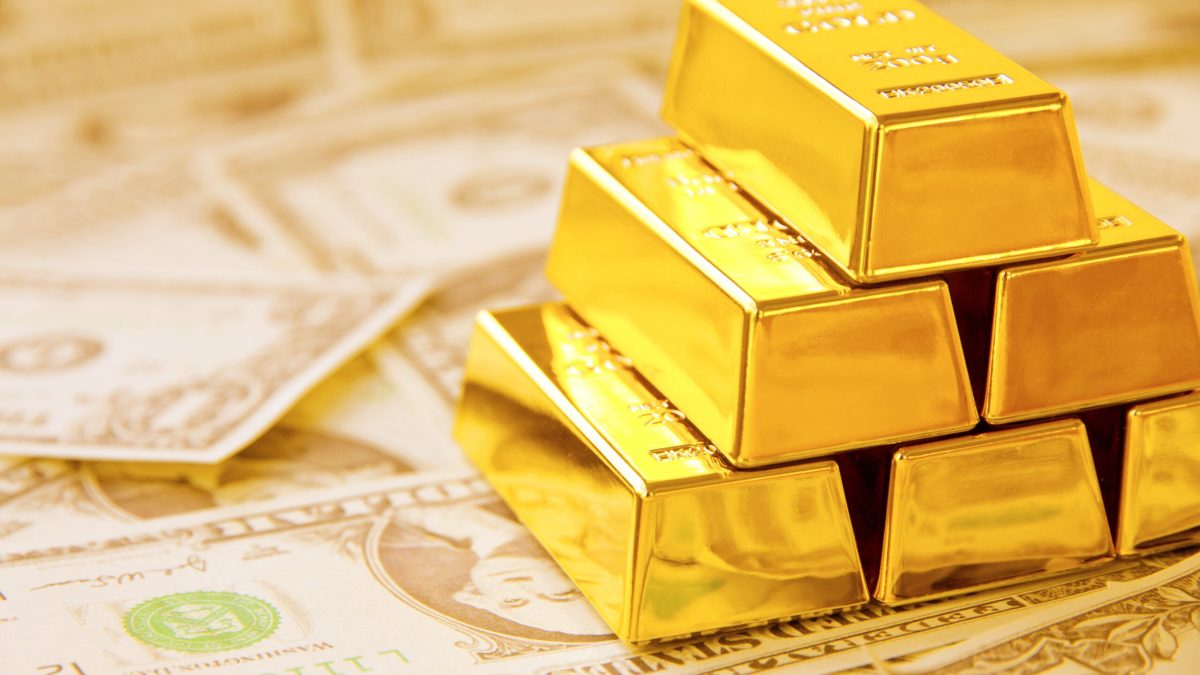Gold price has been up by about 33% year-to-date; hitting multiple record highs in recent months. In the just concluded week, the bullion rallied further to a fresh record high at $2,790 an ounce before pulling back to end the week at $2,736.40.
Notably, pullbacks during the ongoing rally have been rather subtle and short-lived. Indeed, the precious metal has recorded gains in eight of the past ten months, only remaining flat in January and June. Amid the ongoing geopolitical and fiscal uncertainties, the demand for safe haven assets and FOMO buying is set to bolster gold price to higher heights in coming months.
Surge in inflows
Gold demand surged significantly in the year’s third quarter; an aspect reflected in its recent price movements. According to the World Gold Council, central bank buying and increased interest from high-value investors has largely contributed to the recorded rise in demand.
The latest data released by the council indicated that the total gold demand increased by 5% year-on-year to 1,313 tonnes, which is a Q3’s record. Besides, Q3’24 marked the first time ever for the asset’s value of demand to exceed $100 billion having increased by 35% year-on-year.
Notably, the global ETF flows of 95 tonnes were a key contributor to the observed demand growth. In fact, World Gold Council notes that Q3’24 is the first positive quarter of ETF inflows since Q1’22 when the demand was bolstered by Russia’s invasion of Ukraine and the subsequent freezing of Bank of Russia’s assets. In comparison, Q3’23 saw outflows of 139 tonnes.
For both the high worth individuals and central banks, uncertainties surrounding the US elections and financial stability have bolstered gold’s safe haven demand. Granted,
To begin with, there are growing concerns over the sustainability of the US debt. The country’s debt is currently $35 trillion; equating to 124% of its GDP. This staggering figure has yielded concerns from numerous entities with the International Monetary Fund (IMF) stating that the deficit is “too big and really needs to be sorted out”.
To lessen their exposure to the US’ fiscal risks, more central banks and private investors are diversifying their investment portfolios to include more of gold than US Treasury bonds. Besides, depending on the candidate that wins the US presidential elections slated for 5th November, concerns over the Fed’s risk of subordination and probable trade tensions have increased gold’s attractiveness among Western investors.
Fed interest rates
In the new week, the focus will be on the US elections and the Fed interest rate decision. Both events are bound to increase volatility in the financial markets, an aspect that has increased the demand for gold as a hedge against uncertainties.
Granted, investors have already priced in a 25 basis points interest rate cut by the Federal Reserve during their November two-day meeting set to end on 7th November. Even with the stronger US dollar and rising Treasury yields, a weak nonfarm payroll report for October has locked in expectations of further monetary easing by the US central bank. With that, the Fed’s decision may not be a huge trigger for the gold market.
In respect to the tightly contested US presidential elections, investors are keen on protecting their wealth from the unpredictable political setup by shifting to gold. Depending on the candidate that emerges the winner, international allegiances, foreign policy, and shifts in domestic policies are bound to ripple across financial markets.
The resultant surge in gold demand is expected to continue boosting prices in coming months. Indeed, with these drivers, the bulls are eyeing a previously unattainable milestone of $3,000 per ounce in 2025.
Gold price forecast
Gold chart by TradingView
The weekly chart shows that the price of gold has been in a strong bull run in the past few months, making it one of the best-performing assets in the market.
Gold has constantly remained above the 50-week and 200-week Exponential Moving Averages (EMA).
At the same time, the MACD indicator has jumped to a multi-year high of 120. Also, the Relative Strength Index (RSI) has moved above the overbought level of 80. The Stochastic Oscillator has also risen to the overbought level.
Also, it has formed a doji pattern, pointing to a potential pullback after the US election and the Federal Reserve decision. If this happens, it could drop to the next point at $2,500.
The post Gold price forecast: reversal likely ahead of US election, Fed decision appeared first on Invezz

